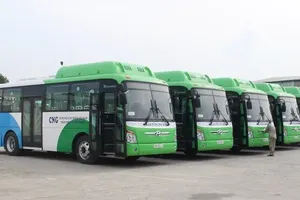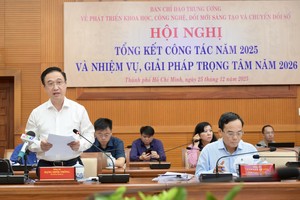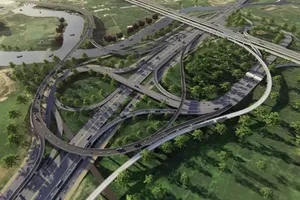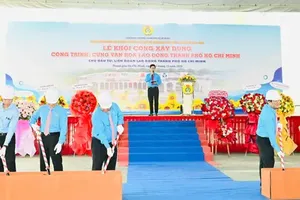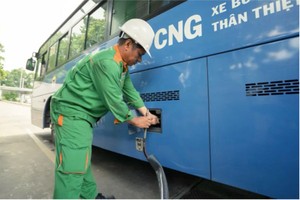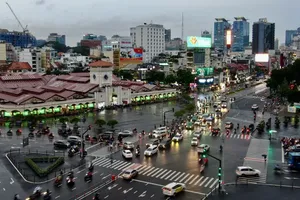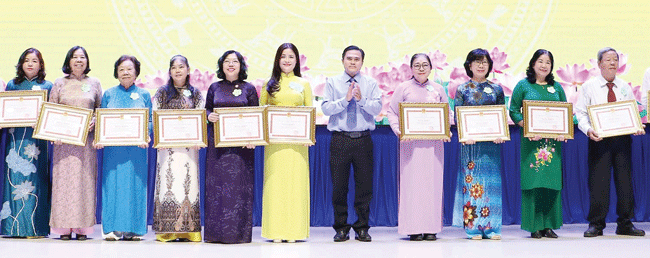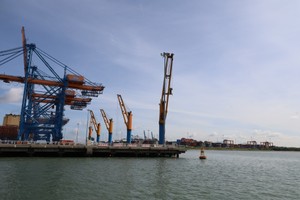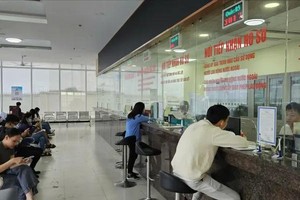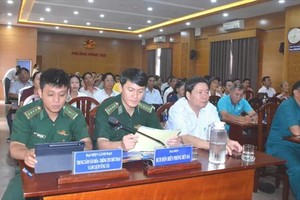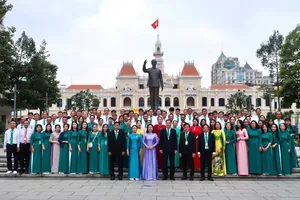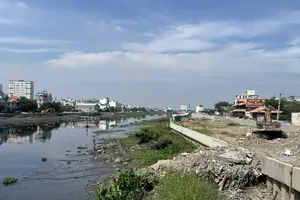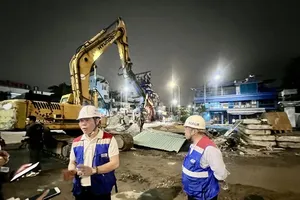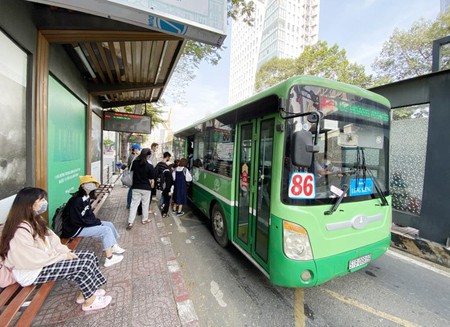
Statistics from the Institute for Environment and Resources (a member of Vietnam National University – HCMC) reveal that popular air pollutants like Particulate Matter 2.5, NO2, SO2, and CO in HCMC lately have all passed the Vietnamese thresholds by 1.5 to 2 times, leading to the death of around 1,400 people a year.
Director of the Institute for Environment and Resources Ho Quoc Bang shared that air pollution in HCMC is mostly from traffic, energy uses, construction projects, and industrial activities. Particularly, greenhouse gas release from traffic alone accounts for 65.4 percent, while energy use is responsible for 91 percent of the total exhaust fumes in the city.
Estimates show that these fumes will increase by 40 percent in 2025 unless there are immediate feasible solutions to control exhaust discharged into the air.
Notably, at the moment, certain downtown locations in HCMC are unable to accept more CO, NO. Even more, they need to cut 5,000-8,000 tonnes of CO and 86 tonnes of NO2 per km2 a year.
The trouble, according to Director Bang, is that most air quality control standards in Vietnam are still quite loose compared to other nations. With certain standards double those issued by WHO, Vietnam should introduce clearer and stricter criteria related to the amount of emissions allowed for each specific region.
Additionally, HCMC needs to calculate the acceptable volume of exhaust fumes discarded into the atmosphere (using either the diluting or diffusing method) based on regional and socio-economic planning as well as meteorological conditions.
Some practical solutions applied widely in HCMC lately are raising the public’s awareness about environment protection, asking businesses to switch to greener materials in their manufacturing processes, checking vehicle emission release, promoting the use of public transports and bio-fuel, strictly punishing any violation of environment laws in production, construction, and daily activities.
Director Cao Tung Son of the Center for Environmental Monitoring (under the HCMC Department of Natural Resources and Environment) revealed that in 2019, his organization received a proposal from the Asian Development Bank (ADB) to carry out Project TA 9068 – Increasing the Capacity and Implementing Proper Actions to Improve Air Quality for HCMC, with the Official Development Assistance (ODA) capital of US$250,000.
The project focuses on precisely evaluating the air quality and choosing the most suitable technologies, policies to improve it, along with developing a Clean Air Action Plan (CAAP) for HCMC and estimating necessary investment in air pollution control.
Experts of the field suggest that HCMC should further boost activities to examine greenhouse gas release in order to identify possible sources of air pollution and then preparing effective plans or regulations to reduce this environmental problem.
Controlling exhaust fume emission also helps to evaluate the suitability of new industrial activities or traffic policies for the current air quality standards in one specific area. Results from these evaluations will be used to conduct a more effective strategy to manage air pollutants in HCMC.
Finally, according to Dr. Hoang Duong Tung, Chairman of Vietnam Clean Air Association, the municipal authorities should reinvest in monitoring stations and expand the online network to monitor air quality, especially related to especially dangerous gases like CO, NO2, and PMs. Along with popular methods of using public transport, this is supposed to help identify environmental hot spots more quickly.
